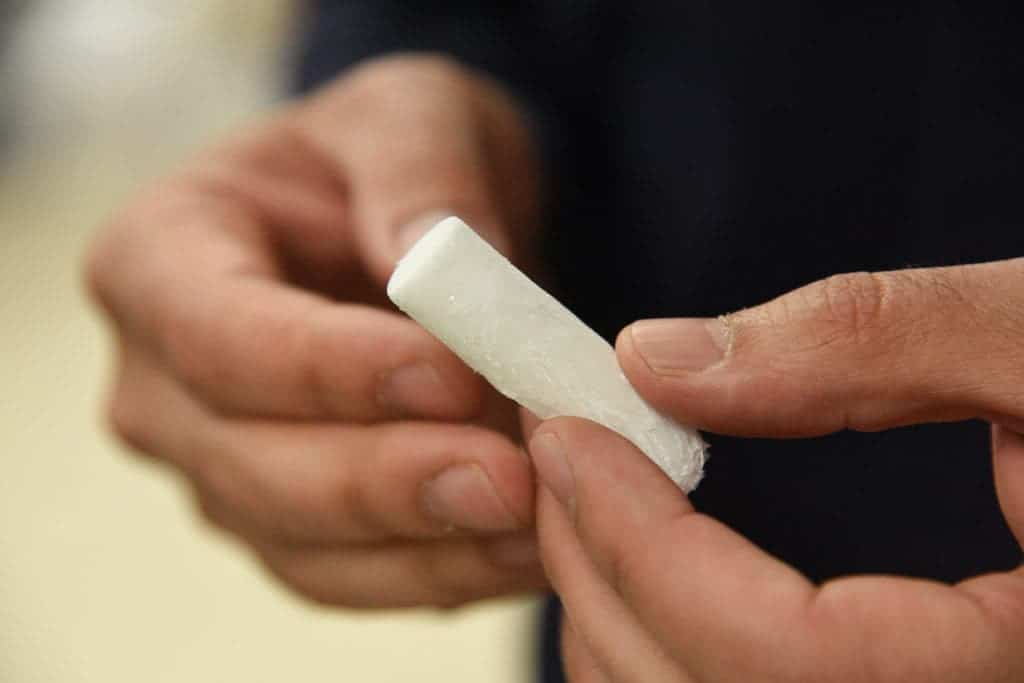Researchers have developed a plant-based material that has better insulating properties than Styrofoam and can support up to 200 times its own weight without changing shape. Styrofoam is a widely used constructions material which is made out of toxic ingredients, requires petroleum for its manufacturing, and pollutes the environment when burnt.

For some time, Amir Ameli and Xiao Zhang of Washington State University have been investigating a more environmentally-friendly alternative to polystyrene foam, widely known under the brand name Styrofoam. After many trials and errors, the researchers settled on a foam that is mostly made from cellulose nanocrystals and which uses water as a solvent in the manufacturing process rather than harmful solvents.
This isn’t the first time someone has made a styrofoam-like material from plant-based matter. However, previous versions weren’t nearly as reliable as styrofoam as they lacked in strength, insulating abilities, and resilience to temperature and humidity.
The new material is made from about 75% cellulose nanocrystals from wood pulp, which was combined with polyvinyl alcohol — a polymer that bonds with the nanocellulose crystals to make the foam more elastic. The cellulose crystals themselves were made using acid hydrolysis, a chemical process that involves a non-toxic acid that cleaves chemical bonds.
The resulting material has a uniform cellular structure, making it an excellent insulator. It is very lightweight being able to support up to 200 times its own weight without altering its shape. When it is burned, it does not produce toxic and polluting ash.
“We have used an easy method to make high-performance, composite foams based on nanocrystalline cellulose with an excellent combination of thermal insulation capability and mechanical properties,” Ameli said. “Our results demonstrate the potential of renewable materials, such as nanocellulose, for high‑performance thermal insulation materials that can contribute to energy savings, less usage of petroleum-based materials, and reduction of adverse environmental impacts.”
In the future, the researchers want to scale their manufacturing process so it is commercially viable. Hopefully, it won’t take too long until this promising material moves from the lab to the real world.
“This is a fundamental demonstration of the potential of nanocrystalline cellulose as an important industrial material,” Zhang said. “This promising material has many desirable properties, and to be able to transfer these properties to a bulk scale for the first time through this engineered approach is very exciting.”
The findings were published in the journal Carbohydrate Polymers.


